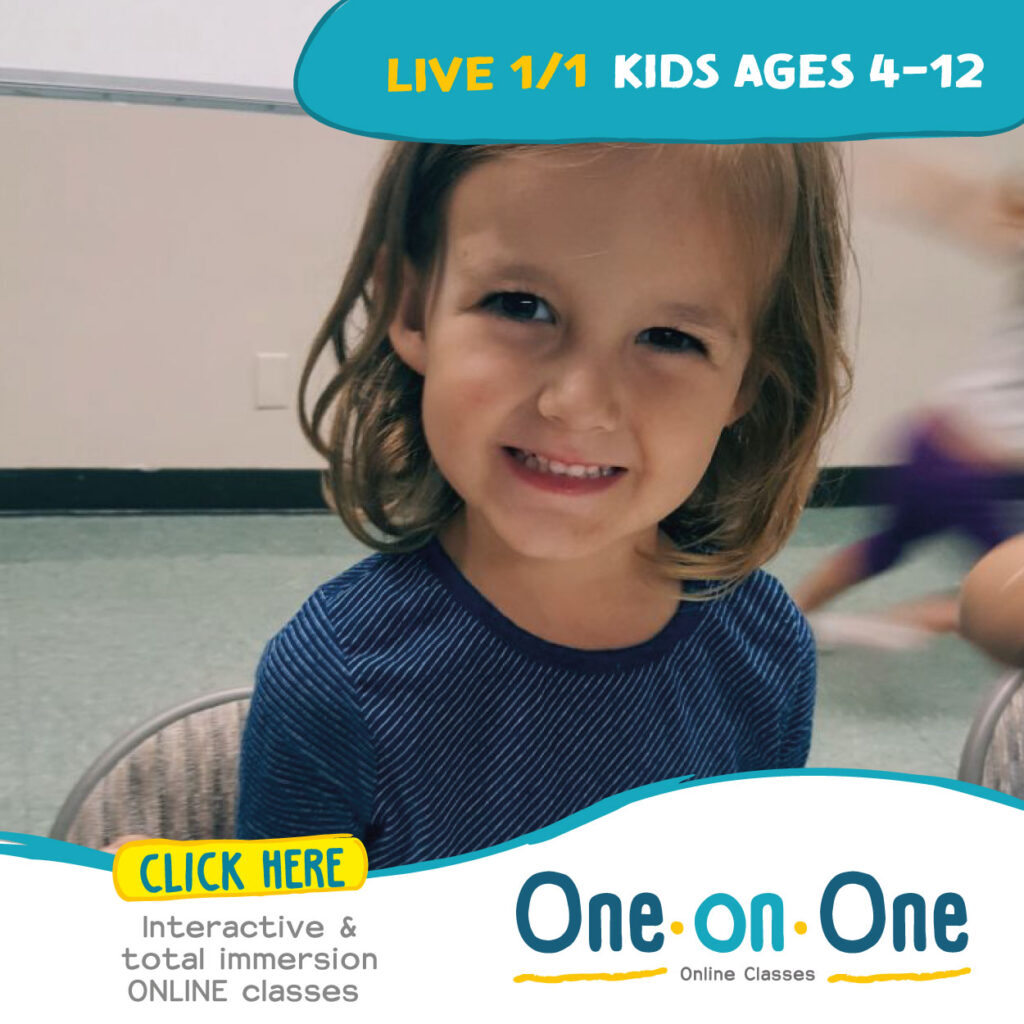Is your child struggling with learning a second language? We suggest you take them to the ER.
Before you overreact to such a bold statement, let me explain myself. ER can stand for Emergency Room, but in this case, I’m referring to the Extensive Reading (ER) theory, an approach to language learning that emphasizes reading a large quantity of material in the target language. By the time you finish this article, you will understand what the Extensive Reading theory is, why it might be a good fit for your child, and how to go about applying it in your child’s life.
So, What Is the Extensive Reading (ER) Theory?
Characterized with the motto “reading gain without reading pain” the Extensive Reading (ER) approach to second language acquisition aims to make covering large amounts of reading material enjoyable for students. The goal of ER is straightforward: to help students become fluent, independent, and confident readers in a target language. It accomplishes this primarily in two ways:
1. Reading fluency over vocabulary.
The ER theory focuses more on overall reading comprehension rather than vocabulary acquisition. Readers are encouraged to read without constantly stopping and referring to a dictionary with the understanding that they will be able to guess the general meaning of an unknown word by the context of the sentence and paragraph. The goal is to develop reading fluency and speed with vocabulary comprehension expanding naturally as a result.
Did you know that you can understand the basics of a story even if you don’t speak the language? Cultural Bytes owner, Señora Jackie, sets out to prove this fact on the last Saturday of every month when she reads a Spanish storybook to a primarily English-speaking audience at a local Barnes & Noble. Check out some of her storytime videos HERE and see for yourself.
2. Pleasure
The ER theory claims that students will naturally acquire languages most easily by understanding messages in a low anxiety context. According to Stephen Krashen, an award-winning professor at the University of Southern California, “by focusing on meaning rather than form, learners are less conscious of language acquisition and achieve what is called incidental learning.” The thought is that if students choose age-level appropriate books that interest them, they will be more motivated to read the books and have a pleasurable experience with language and culture exposure. Some teachers of the ER method have even encouraged students to stop reading if they are not interested in the texts.
Why ER Might be Right for Your Child
Now that you know a bit more about the ER, how do you know if it’s right for your child? The Extensive Reading theory is ideal for a student who loves to read. This student should already have a basic understanding of the target language vocabulary. You, the parent or guardian, should have easy access to a large variety of age-appropriate books in the target language so that your child will have many options to choose from. A local library, online shopping, and used bookstores are good places to find these materials.
Language acquisition is not a ‘one size shoe fits all’ method and you may have to go through some trial and error to find out what works best for your family. What is more important than method, is motivation and consistency – deciding to learn the language and then setting aside the time and resources to pursue that goal consistently over time.
How to Apply the Extensive Reading Program
If you’ve liked what you’ve read and want to give the Extensive Reading program a try, we suggest these steps:
- Choose correct books according to grade level. Choosing books that are just slightly above your child’s reading comprehension in the target language. These books should challenge your child without frustrating them. Set specific goals as to how many books you want your child to read in a certain amount of days.
- Embrace the Unknown. Tell your child in advance that they will not understand every single word that they read, and that’s ok. Encourage them to use context clues with the words and phrases they already know in order to understand the overall flow of the story rather than every single detail.
- Track Progress. Although the ER method is less regulated (and less stressful) than the typical academic ‘textbook and quiz’ method, it’s still important to track progress to monitor how your child is doing and what they need help with. Keep a reading log of books read and number of pages and ask your student to write a summary paragraph of each book afterwards. Don’t be afraid of using standardized language tests or assessments to check in with your child’s progress, but don’t lean too heavily on these results.
Exposing your children to literature in the target language is an important part of the process, however, it’s not enough on its own for your child to learn another language. The process requires constant encouragement from you, wide exposure to the language in a wide variety of forms (such as television, music, events, etc…), and writing and speaking exercises as well. Cultural Bytes offers amazing online One-on-one tutoring as well as in person camps (in Los Angeles) in French, Mandarin, and Spanish. Our native-speaking teachers will help your child to read, write, and speak the language as they participate in culturally relevant games, crafts, and activities.







